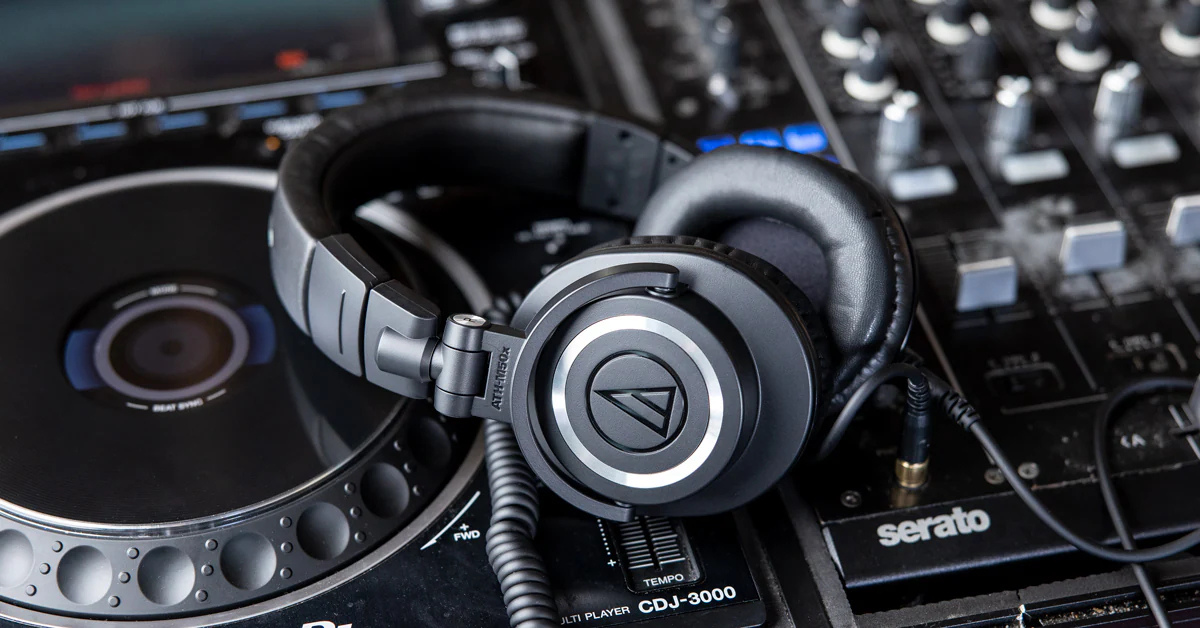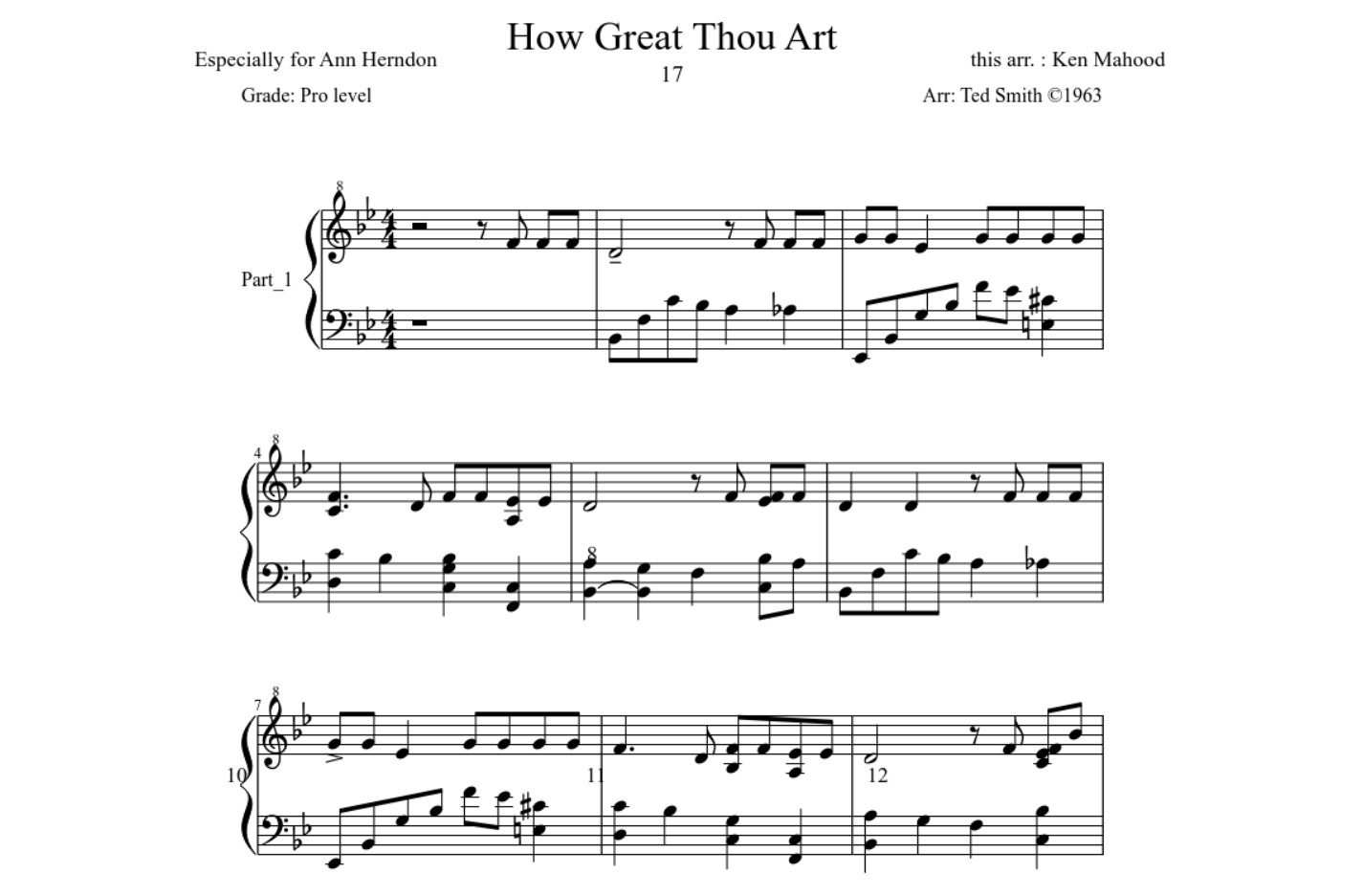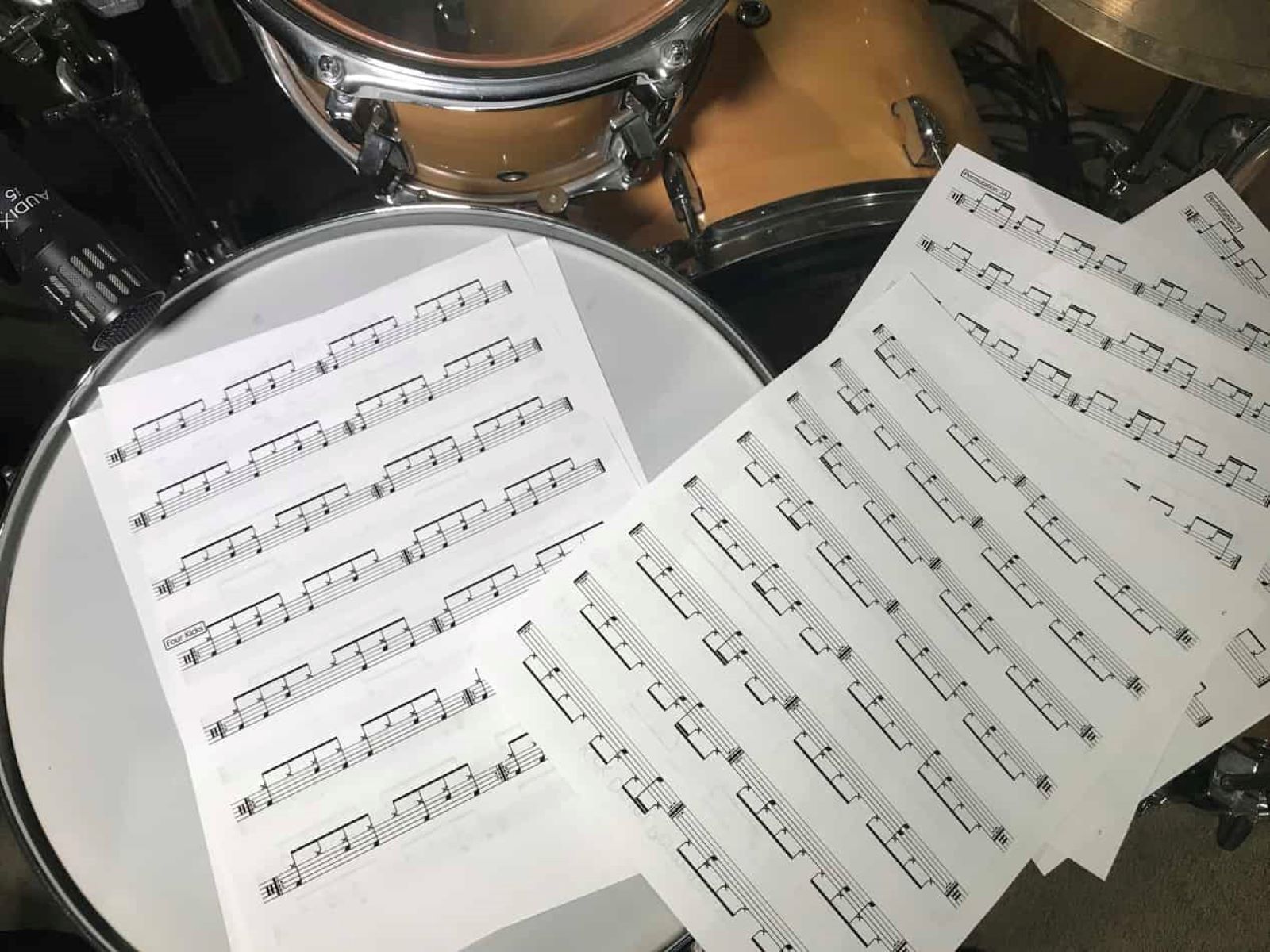Home>Instruments>Guitar>How To Write Guitar Solos


Guitar
How To Write Guitar Solos
Published: February 15, 2024
Learn how to write captivating guitar solos with our expert tips and techniques. Master the art of creating memorable melodies and expressive guitar phrases.
(Many of the links in this article redirect to a specific reviewed product. Your purchase of these products through affiliate links helps to generate commission for AudioLover.com, at no extra cost. Learn more)
Table of Contents
Introduction
Are you ready to take your guitar playing to the next level? Writing a captivating guitar solo is not just about showcasing technical prowess; it's about conveying emotions, telling a story, and leaving a lasting impression on your listeners. Whether you're a beginner guitarist or have been strumming for years, mastering the art of crafting a mesmerizing guitar solo is within your reach.
In this comprehensive guide, we'll delve into the essential elements of creating compelling guitar solos. From understanding the basics of soloing to choosing the right scales, developing melodic phrases, adding techniques and emotions, and structuring your solo for maximum impact, you'll gain valuable insights that will elevate your soloing skills.
So, grab your guitar, unleash your creativity, and let's embark on a journey to unlock the secrets of crafting unforgettable guitar solos. Whether you aspire to shred like a rock god, serenade with soul-stirring blues licks, or weave intricate melodies in a jazz context, this guide will equip you with the knowledge and techniques to express yourself eloquently through your instrument. Let's dive in and discover the art of writing exceptional guitar solos.
Understanding the Basics
Before diving into the intricacies of writing a guitar solo, it’s crucial to grasp the fundamental principles that underpin this art form. At its core, a guitar solo is a musical passage where the guitarist takes center stage, delivering a captivating and expressive performance that stands out within the song’s context. Understanding the basics of soloing lays the groundwork for creating impactful and memorable solos.
First and foremost, familiarize yourself with the key of the song and its chord progression. This knowledge will guide your note choices and help you navigate the harmonic landscape as you craft your solo. Additionally, develop a keen ear for melody and phrasing. A great solo is not merely a display of technical prowess; it’s a melodic conversation that resonates with the listener. Embrace the nuances of timing, dynamics, and articulation to infuse your solo with depth and emotion.
Furthermore, understanding the role of scales and modes is essential. Scales serve as the raw material from which you’ll sculpt your solo, while modes offer distinct tonal flavors that can evoke varying moods and emotions. Delve into the major scale, natural minor scale, pentatonic scale, and blues scale, as these form the cornerstone of many captivating solos across genres. As you acquaint yourself with these scales, pay attention to their intervals, fingerings, and characteristic sounds.
Lastly, embrace the concept of call and response within your soloing. Just as in a conversation, your solo can benefit from the interplay of call-and-response phrases, where a musical idea is presented and subsequently answered or developed. This dynamic approach adds a compelling narrative to your solo, engaging your audience on a profound level.
By internalizing these fundamental aspects of soloing, you’ll lay a solid foundation for your journey toward crafting engaging and expressive guitar solos. With the basics in place, you’re poised to explore the vast creative possibilities that await you as a soloist.
Choosing the Right Scales
When it comes to crafting a captivating guitar solo, the choice of scales plays a pivotal role in shaping the tonal palette and emotional impact of your performance. Selecting the right scales not only influences the mood of the solo but also empowers you to navigate the fretboard with confidence and creativity.
Begin by exploring the versatility of the pentatonic scale. Renowned for its timeless appeal and melodic flexibility, the pentatonic scale serves as a cornerstone of soloing across various genres, from blues and rock to jazz and beyond. Its five-note structure lends itself to expressive bends, vibrant licks, and soulful improvisation, making it a go-to choice for many guitarists seeking to infuse their solos with emotive depth.
Additionally, delve into the rich tonal nuances offered by the natural minor and major scales. The natural minor scale, also known as the Aeolian mode, exudes a haunting and introspective quality, ideal for crafting melancholic and evocative solos. Conversely, the major scale evokes a sense of brightness and optimism, lending itself to uplifting and melodically rich solo passages.
For those seeking to inject a dose of bluesy grit and expressiveness into their solos, the blues scale emerges as a compelling option. Infused with the characteristic “blue notes,” this scale embodies the raw, emotive essence of blues music, allowing guitarists to channel raw passion and intensity in their soloing endeavors.
Furthermore, don’t overlook the harmonic richness of modes such as Dorian, Mixolydian, and Phrygian, each offering a distinct sonic flavor that can add depth and intrigue to your solos. By exploring these modal options, you expand your sonic vocabulary and open doors to new creative possibilities, enabling you to paint vivid musical landscapes with your soloing prowess.
Ultimately, the art of choosing the right scales for your guitar solo lies in understanding the emotive and tonal characteristics of each scale, and how they resonate within the context of the song. By integrating a diverse array of scales into your soloing arsenal, you equip yourself with the tools to convey a broad spectrum of emotions and musical narratives through your performances.
Developing Melodic Phrases
At the heart of a captivating guitar solo lies the art of crafting compelling melodic phrases that enrapture the listener’s ear and stir their emotions. Developing melodic phrases involves weaving together notes in a cohesive and expressive manner, creating a musical journey that resonates with the audience on a profound level.
Begin by embracing the concept of motif development. A motif is a short musical idea or pattern that serves as the foundation for creating melodic phrases. By introducing a motif early in your solo and subsequently developing and elaborating on it, you infuse your performance with a sense of unity and coherence, inviting the listener to embark on a melodic exploration that unfolds organically.
Furthermore, explore the interplay of tension and release within your melodic phrases. Tension arises from the use of dissonant intervals or unresolved musical phrases, adding an element of anticipation and emotional depth to your solo. By skillfully resolving this tension through well-crafted resolutions and melodic resolutions, you guide the listener through a dynamic sonic landscape that captivates their imagination.
Embrace the expressive potential of techniques such as vibrato, slides, and bends to imbue your melodic phrases with a nuanced and emotive quality. Vibrato, in particular, adds a subtle vocal-like quality to your notes, infusing them with warmth and expressiveness. Meanwhile, slides and bends enable you to inflect your phrases with fluidity and dynamic contour, elevating the emotional impact of your solo.
Moreover, pay heed to the rhythmic dimension of your melodic phrases. Experiment with syncopated rhythms, staccato articulations, and legato phrasing to introduce rhythmic diversity and momentum into your solo. By incorporating rhythmic variation, you imbue your melodic phrases with a sense of vitality and groove, ensuring that your solo remains engaging and dynamic throughout.
Ultimately, developing melodic phrases is a deeply personal and expressive endeavor that allows you to channel your emotions and musical identity through your instrument. By honing your ability to craft evocative and cohesive melodic narratives, you unlock the power to enchant and move your audience with the sheer beauty and expressiveness of your guitar solos.
Adding Techniques and Emotions
Infusing your guitar solo with a captivating array of techniques and emotions is the key to creating a performance that resonates deeply with your audience. Beyond mere technical proficiency, the art of soloing lies in harnessing these techniques to convey a rich tapestry of emotions, ranging from raw passion to introspective melancholy, and everything in between.
One of the most potent tools at your disposal is the use of dynamic contrast. By juxtaposing moments of fiery intensity with passages of delicate restraint, you imbue your solo with a sense of emotional ebb and flow, captivating the listener’s attention and evoking a visceral response. Explore the spectrum of dynamics, from gentle whispers to thunderous roars, to imbue your solo with a compelling emotional narrative.
Moreover, delve into the expressive potential of articulation techniques such as hammer-ons, pull-offs, and legato phrasing. These techniques allow you to infuse your notes with a fluid, singing quality, enhancing the emotive resonance of your solo. Additionally, experiment with tasteful tremolo picking and expressive fingerpicking to imbue your phrases with a sense of intimacy and depth.
Furthermore, the judicious application of effects such as reverb, delay, and modulation can elevate the emotional impact of your solo, adding a sense of spatial depth and sonic richness to your performance. When used thoughtfully, these effects serve as a canvas upon which you paint evocative sonic landscapes, enveloping your audience in a captivating auditory experience.
Embrace the power of storytelling within your solo, allowing your emotions to permeate every note and phrase. Whether you’re aiming to convey a sense of longing, exuberance, or contemplation, infuse your playing with a genuine emotional authenticity that transcends technical prowess. Your ability to communicate genuine emotion through your instrument is what will truly captivate and move your listeners.
Ultimately, the fusion of techniques and emotions within your guitar solo is a deeply personal and evocative journey. By honing your expressive capabilities and embracing a diverse palette of techniques, you empower yourself to craft solos that not only dazzle with technical prowess but also resonate deeply with the hearts and souls of your audience.
Structuring Your Guitar Solo
Crafting a well-structured guitar solo is akin to composing a compelling narrative, complete with engaging plot twists, emotive climaxes, and a satisfying resolution. By imbuing your solo with a thoughtful structure, you guide the listener through a captivating musical journey that holds their attention and leaves a lasting impression.
Begin by establishing a strong opening statement that captivates the listener’s ear and sets the tone for the solo. Whether it’s a soaring melodic motif, a blistering display of technical prowess, or a soul-stirring bend, your opening statement serves as a musical hook that draws the audience into your sonic narrative.
Following the opening statement, venture into the development phase of your solo. This is where you expand upon the initial musical ideas, introducing variations, elaborations, and exploratory passages that build upon the thematic material established in the opening. Embrace the interplay of tension and release, guiding the listener through a dynamic sonic landscape that unfolds with compelling momentum.
Introduce moments of contrast and diversity within your solo, ensuring that it remains engaging and unpredictable. Whether it’s a sudden shift in dynamics, a change in tonal texture, or a surprising modulation, these elements inject vitality and intrigue into your solo, captivating the listener’s imagination and sustaining their interest.
As you approach the culmination of your solo, build towards a climactic peak that serves as the emotional centerpiece of your performance. This could manifest as a searing display of technical virtuosity, a poignant melodic passage, or a fervent outpouring of raw emotion. The climactic peak serves as the emotional apex of your solo, leaving an indelible impression on your audience.
Conclude your solo with a sense of resolution and closure, allowing the musical narrative to gracefully come to its natural end. Whether it’s a poignant melodic cadence, a triumphant final flourish, or a gentle fade into silence, your closing statement should provide a sense of fulfillment and leave the listener with a lasting emotional resonance.
By thoughtfully structuring your guitar solo, you transform it from a mere display of technical proficiency into a captivating musical journey that resonates deeply with your audience. Embrace the art of storytelling through your instrument, and craft solos that not only dazzle with technical prowess but also stir the hearts and souls of those who listen.
Conclusion
Congratulations on embarking on a journey to unravel the art of crafting mesmerizing guitar solos. Throughout this guide, we’ve delved into the essential elements that contribute to the creation of captivating and expressive solos, from understanding the foundational principles of soloing to selecting the right scales, developing melodic phrases, infusing emotions and techniques, and structuring your solo for maximum impact.
As you continue to hone your soloing skills, remember that the true essence of a remarkable guitar solo lies not only in technical proficiency but in the ability to convey genuine emotion and tell a compelling musical story. Embrace the nuances of melody, phrasing, and dynamics, and allow your emotions to permeate every note you play, transcending the boundaries of technique to connect with your audience on a profound level.
Furthermore, view your guitar solo as a canvas for creative expression, a platform through which you can channel your unique musical identity and communicate your innermost thoughts and feelings. Whether you aspire to ignite the stage with blistering rock solos, evoke poignant emotions through soulful blues licks, or weave intricate melodies in a jazz context, remember that your solo is a reflection of your artistic voice.
As you venture forth on your soloing odyssey, embrace the spirit of exploration and experimentation. Continuously expand your musical vocabulary, delve into uncharted sonic territories, and seek inspiration from a diverse array of genres and artists. By nurturing a spirit of curiosity and open-mindedness, you’ll propel your soloing prowess to new heights and uncover fresh avenues for creative expression.
Above all, revel in the joy of creating music and sharing your passion with others. Whether you’re performing on stage, jamming with fellow musicians, or simply immersing yourself in the sonic tapestry of your own compositions, let your love for the instrument and the art of soloing shine through in every note you play.
May your guitar solos continue to captivate, inspire, and resonate with all who have the pleasure of experiencing your musical journey. With dedication, creativity, and a profound connection to your instrument, your soloing endeavors are poised to leave an indelible mark on the world of music. So, pick up your guitar, unleash your creativity, and let your solos soar with the boundless potential of artistic expression.











